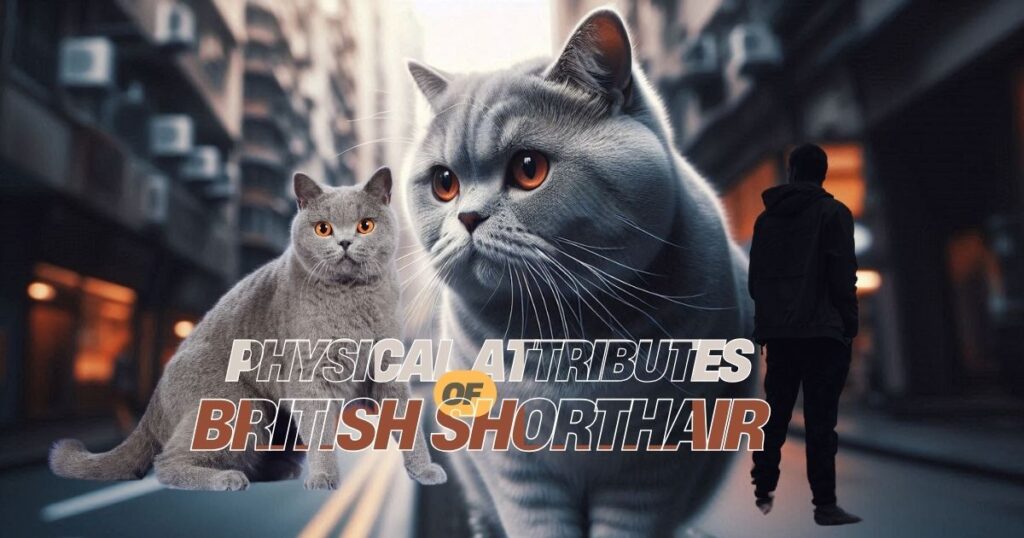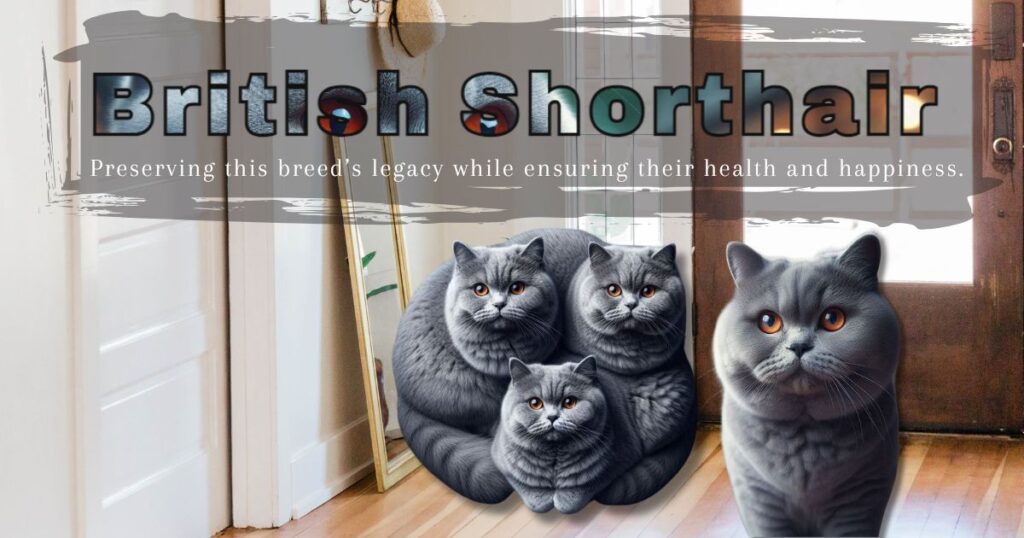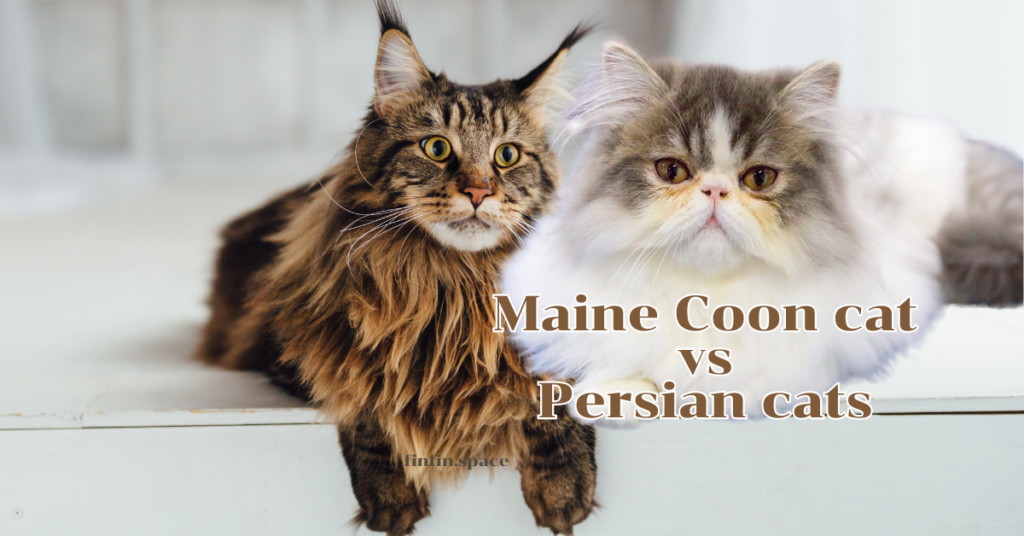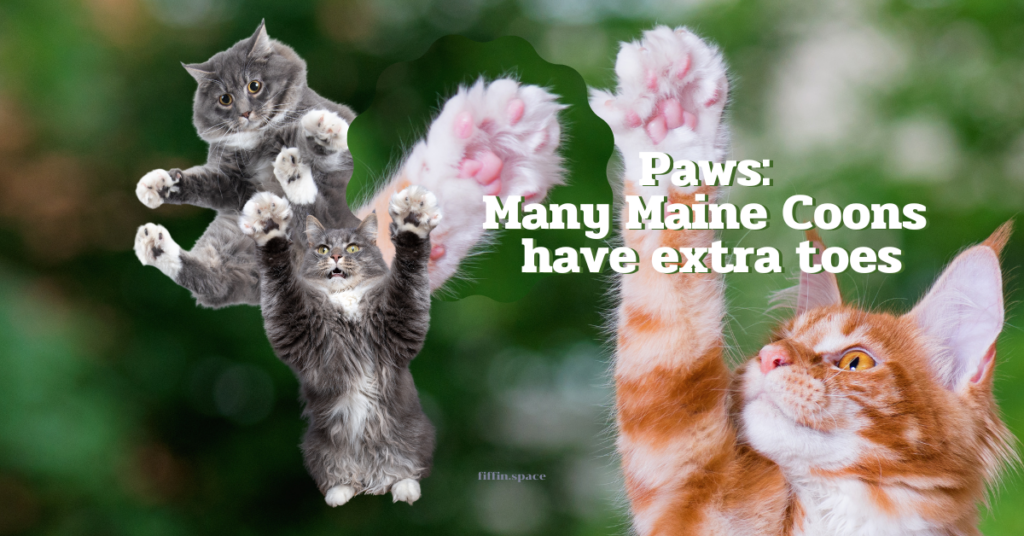Contents
- 1 The Storied Legacy of British Shorthair cat breed
- 2 Physical Attributes of British Shorthair
- 3 Distinguishing Features of the British Shorthair
- 4 Personality and Temperament
- 5 Health and Longevity
- 6 Choosing a British Shorthair
- 7 Training and Socialization
- 8 British Shorthair in Popular Culture
- 9 Living with a British Legend
- 10 Breeding and Genetics
- 11 The Future of British Shorthairs
- 12 Conclusion
The Storied Legacy of British Shorthair cat breed
- The British Shorthair cat, with its dignified demeanor and plush coat, not only captures the hearts of cat enthusiasts but also carries a rich tapestry of history. With its plush coat and amiable demeanor, the British Shorthair stands as a paragon of feline grace and composure. Renowned for its dense, cuddly fur and an almost cherubic countenance, this breed encapsulates the quintessence of a companion cat. This article delves into the myriad facets of the British Shorthair, from its storied history to its serene temperament, offering insights for potential and current cat owners alike.
- The breed’s history is as rich as its personality is serene. Initially, street cats in Britain, their robust genetics and endearing qualities, led to their adoption into homes and hearts alike, eventually becoming one of the world’s most beloved cat breeds.
- British Shorthair. Tracing its lineage back to the domestic cats of ancient Rome, this breed was brought to England by Roman invaders. These cats quickly adapted to the British climate and landscape, evolving into the robust and hearty breed we know today. Over centuries, British Shorthairs became a staple in English households, serving not just as companions but also as adept hunters, curbing rodent populations.
- The British shorthair, which has its origins in the domestic cats of Rome, has been a fixture in English homes for centuries. Characterized by a robust physique, round eyes, and a calm disposition, it is an ideal pet for families and individuals seeking a low-maintenance, affectionate companion.
Physical Attributes of British Shorthair
This breed is distinguished by its dense, plush coat, available in a rainbow of colors and patterns. The most iconic is the British Blue, with its striking blue-gray fur and copper eyes. Beyond their coat, British Shorthairs possess a sturdy, muscular body that adds to their charm.
Distinguishing Features of the British Shorthair
- Beyond its historical significance, the British Shorthair cat is revered for its striking physical attributes. The breed’s most defining feature is its dense, plush coat, which can come in a variety of colors and patterns. The most iconic is the British Blue, a solid grey-blue coat paired with mesmerizing copper or gold eyes. However, the breed boasts a rainbow of colors, from classic tabby patterns to pure whites and rich blacks.
- The British Shorthair’s body is equally distinctive, characterized by a compact, muscular build that exudes strength and stability. This cat’s broad chest, strong legs, and rounded paws support a rounded head with full cheeks and large, round eyes, giving the British Shorthair a friendly and approachable appearance.
Personality and Temperament
British Shorthairs are known for their calm and resilient nature. They form strong bonds with their families but maintain an independent streak, making them perfect for busy individuals. Their gentle demeanor also makes them excellent companions for children and other pets.
Temperament of a Gentle Giant
- Despite its sturdy physique, the British Shorthair is known for its gentle and easygoing temperament. This breed is the epitome of a laid-back companion, often content to lounge in the company of its human family. British Shorthairs are not overly demanding of attention, This balanced temperament makes them excellent companions for children and harmonious cohabitants with other pets. Making them perfect pets for busy individuals or families.
- Their serene nature does not mean they lack playfulness. British Shorthairs enjoy interactive play and toys that challenge their intelligence.
Health and Longevity
- While generally healthy, British Shorthairs can be prone to certain genetic conditions. A balanced diet and regular exercise can help maintain their health. Prospective owners should also be prepared for their dense coat’s grooming needs, though their low-energy nature simplifies other aspects of care.
- The British Shorthair is generally a healthy and robust breed, with a lifespan that can extend into the late teens with proper care. They are, however, prone to certain genetic health issues, such as hypertrophic cardiomyopathy (HCM) and polycystic kidney disease (PKD). Prospective owners should seek reputable breeders who test for these conditions to ensure the healthiest possible start for their pets.
- A balanced diet tailored to their age, size, and activity level, combined with regular exercise, helps maintain the British Shorthair’s health. While they are not as active as some breeds, engaging them in play and providing stimulating environments can help prevent obesity, a common issue in more sedentary cats.
Choosing a British Shorthair
When bringing a British Shorthair into your home, consider both breeders and adoption options. Ethical breeders can provide health clearances, while adopting offers a chance to give a cat in need a loving home.
Training and Socialization
Despite their independent nature, British Shorthairs benefit from early socialization and basic training. They are intelligent and can learn household rules, as well as engage in interactive play that stimulates their minds.
British Shorthair in Popular Culture
British Shorthairs have made notable appearances in literature and media, further cementing their status as a cultural icon among cat breeds.
Living with a British Legend
Welcoming a British Shorthair into your home means accommodating its grooming needs, which include regular brushing to manage shedding and prevent matting. Despite their independent nature, they appreciate companionship and can develop strong bonds with their human families. Providing a warm, loving environment, filled with love, play, and regular veterinary care, ensures your British Shorthair will be a content and loyal companion for many years.
Breeding and Genetics
The breeding of British Shorthairs is a science and art, focusing on health, temperament, and maintaining the breed’s distinctive characteristics. Genetic diversity is key to reducing health issues and ensuring the breed’s longevity.
The Future of British Shorthairs
With ongoing efforts in conservation and ethical breeding, the future of British Shorthairs looks promising. Enthusiasts and breeders alike are committed to preserving this breed’s legacy while ensuring their health and happiness.
Conclusion
The British Shorthair is a companion known for its robust health, serene temperament, and distinctive appearance. Whether you’re an experienced cat owner or considering your first feline friend, the British Shorthair offers a blend of companionship, beauty, and grace that is hard to match. And amiable nature a unique blend of history, beauty, and companionship. Whether basking in the sun or curling up beside you, these cats embody a tranquil presence, making them an ideal pet for those seeking a blend of independence and affection.
FAQs
- How did the British Shorthair cat come to be?
- The British Shorthair traces its origins back to the domestic cats of Rome, brought to England by Roman invaders. Over centuries, it evolved from a street and field cat into the pedigreed, household companion we adore today.
- What makes the British Shorthair’s coat unique?
- Its dense, plush coat, available in a wide array of colors and patterns, sets the British Shorthair apart. The breed’s signature color is the striking British Blue, though it sports a broad color palette.
- Can British Shorthairs adapt to different living situations?
- Yes, their laid-back and adaptable nature makes British Shorthairs suitable for various living situations, including apartments and houses, with or without gardens.
- Do British Shorthairs require a lot of attention?
- While they enjoy companionship, British Shorthairs are not overly demanding and can entertain themselves. They strike a perfect balance between independence and affection.
- What health issues should potential British Shorthair owners be aware of?
- Prospective owners should be aware of genetic conditions like hypertrophic cardiomyopathy (HCM) and polycystic kidney disease (PKD), common in the breed, and seek health-tested parents when choosing a kitten.







